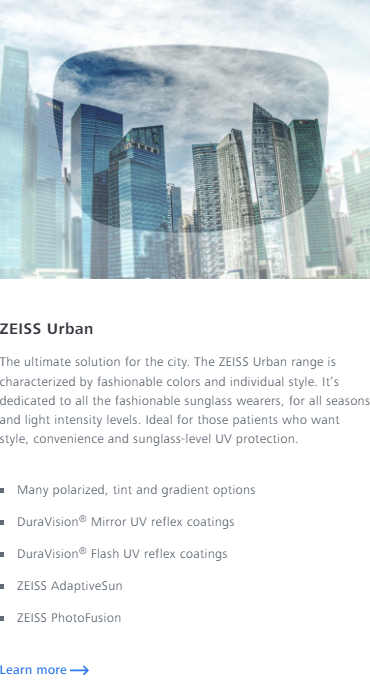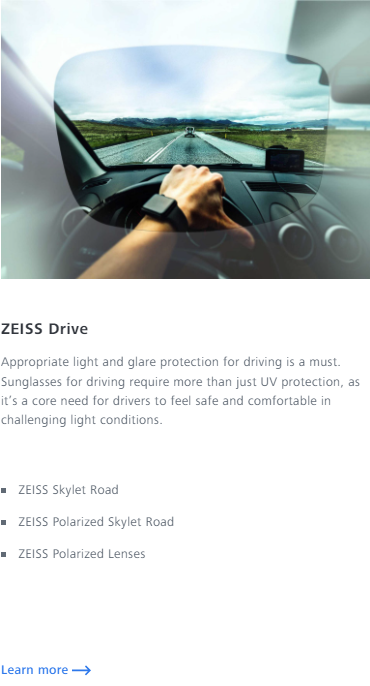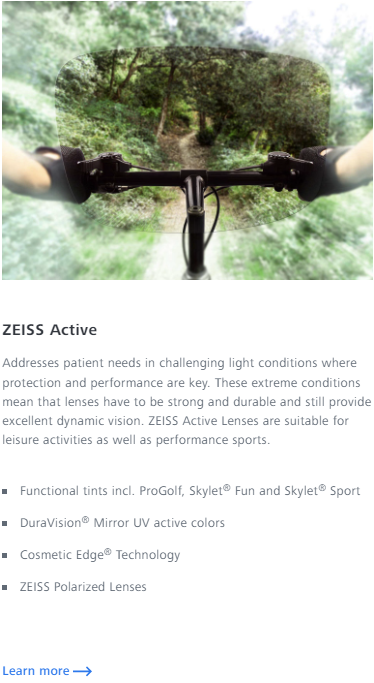Frame Gallery
View some of the fabulous collections we carry in our gallery. We have over 750 frames to choose from, ensuring a perfect look and fit!
 |
 |
 |
 |
 |
 |
 |
 |
 |
 |
 |
 |
Eyeglass Lenses
Eyeglass Lens Designs
Allow us to help you select the perfect lenses to meet your needs!
Single vision lenses are available in a wide range of products to serve all of our patients needs.
From affordable traditional single vision lenses (Good) to the highest precision with ZEISS Single Vision Individual lenses (Best).
SINGLE VISION LENS DESIGNS
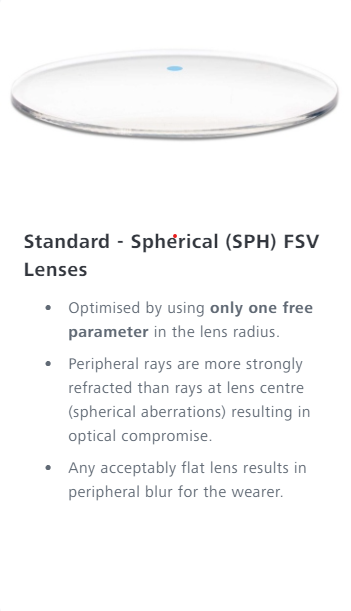
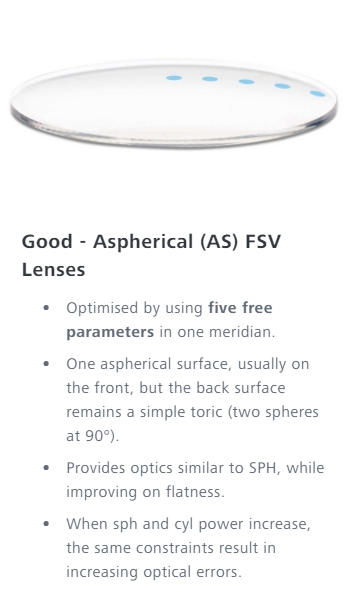
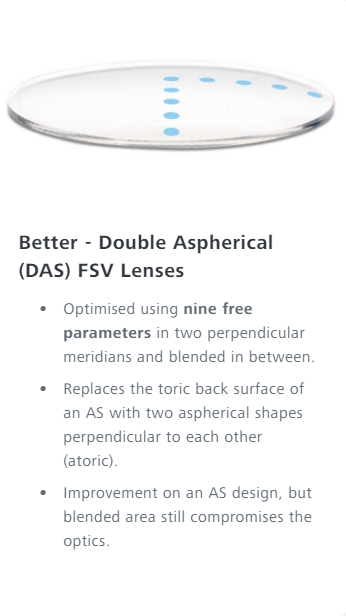
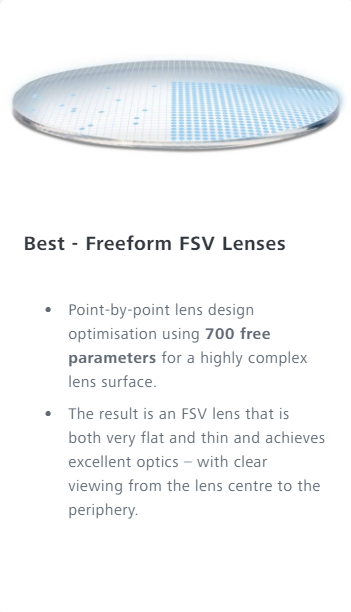
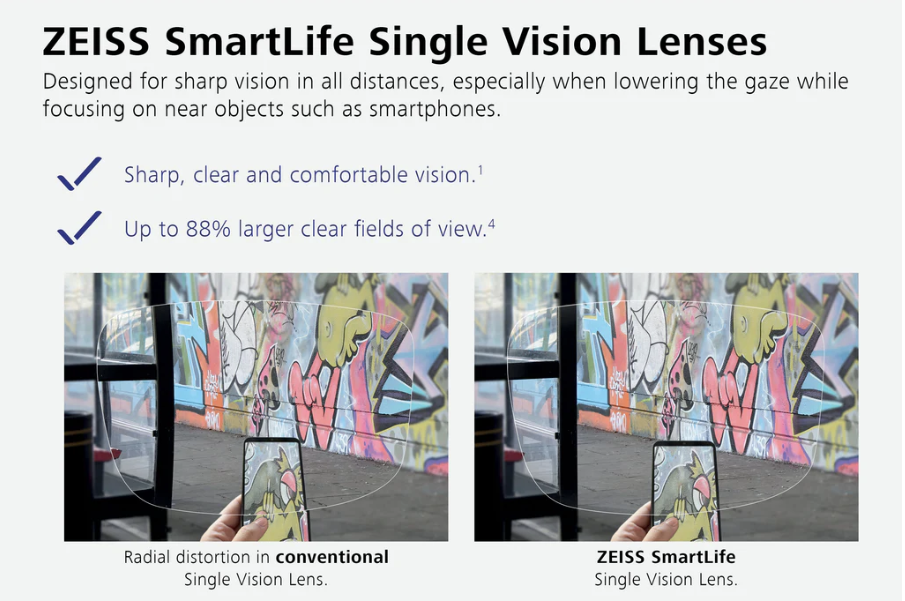
A survey of 10,000 adults revealed that over two-thirds of people in their 20s, 30s and 40s who frequently use digital devices suffer from symptoms related to Digital Eye Strain including tired eyes, blurred vision, neck pain, headache, and/or dry eyes.
Zeiss Digital Lenses: ZEISS Digital Lenses are sharply focused on the use of digital devices, supporting the ciliary muscle’s work in the inner eye, all the while accommodating the dynamic lifestyles of people on the go. These lenses are easy to adapt to and 84% of the population experiencing eye fatigue and are using Digital Device Lenses are satisfied with the results.
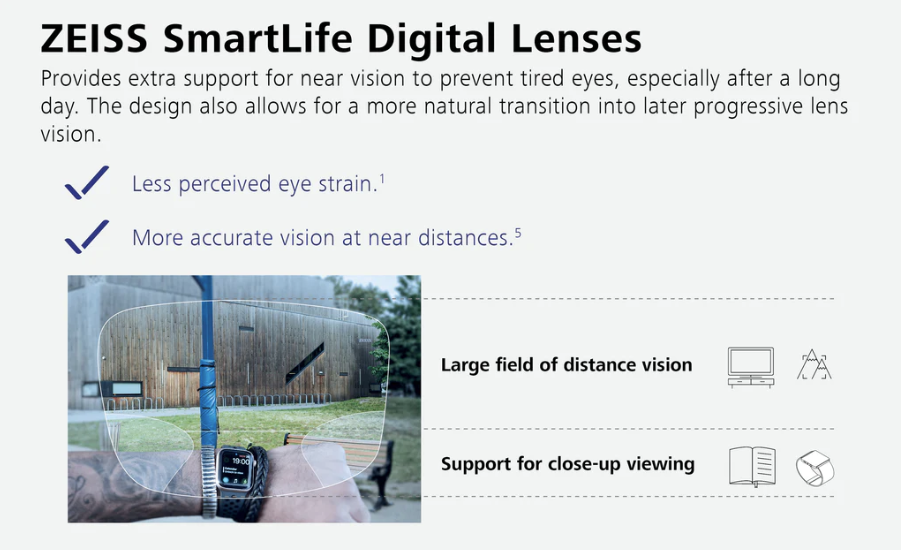
Progressive lenses have clear benefits compared to bifocal and trifocal lenses. Progressive lenses have a power for the near, intermediate and distance zones – and all of this in a lens with a seamless transition and no dividing line. The power is smooth from top to bottom and moves from distance to near vision. Progressive lenses enable clear, relaxed vision at all distances and are the perfect choice for correcting myopia, hyperopia and presbyopia. They’re great for reading, working at a computer or with your hands, or for simply gazing into the distance.
Thanks to state-of-the-art production methods with exceptional visual comfort, progressive lenses by ZEISS are precisely fitted to the wearer’s individual needs using a range of factors. Some relevant aspects are the interpupillary distance, the pantoscopic angle and the back vertex distance – to name but a few individual face parameters taken into account during production at ZEISS.
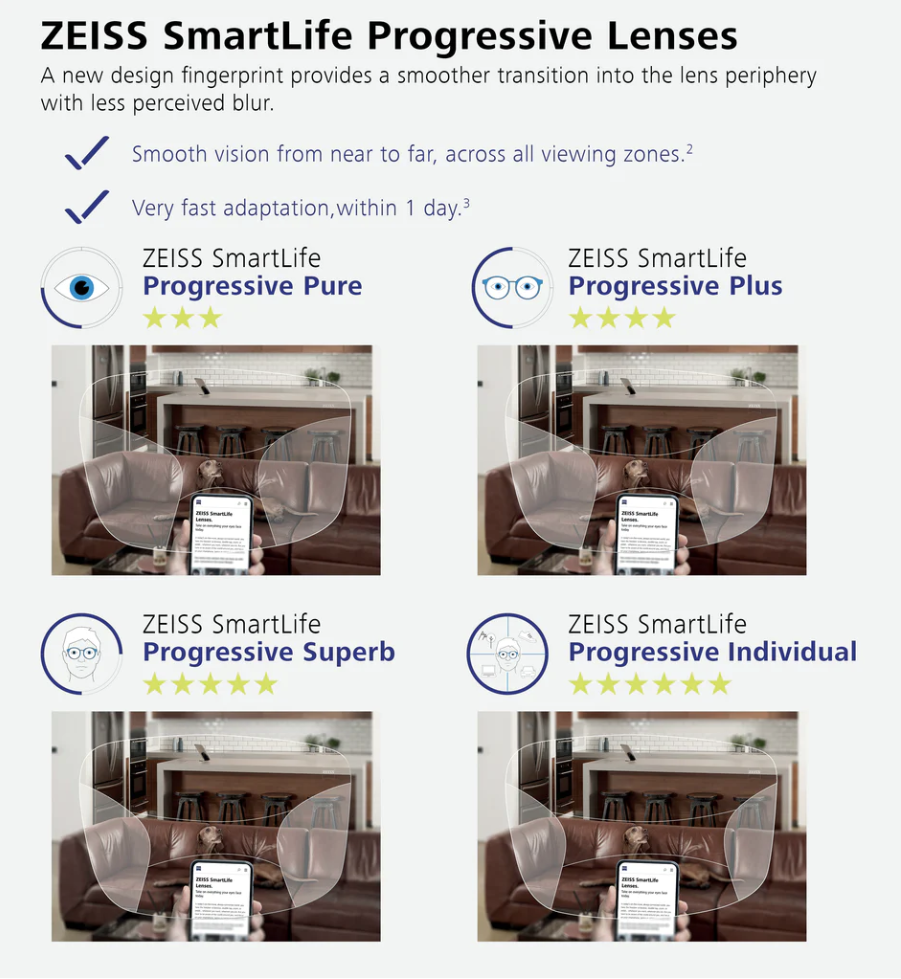
Which progressive lenses are right for me?
Digital Eye Strain affects millions of people every day.
Are you one of them?
Do you use a computer or other digital device more than two hours per day? Do you suffer from dry or tired eyes, head, neck or back pain during these activities? If so, you may be suffering from Digital Eye Strain.
There are eyeglass lenses that can help your eyes stay comfortable at a computer and in many other up-close activities: ZEISS Officelenses are not just for computers. These lenses offer you clearer, more comfortable vision for a variety of other activities like cooking, gardening, gaming, creative handiwork and playing music.

Book:
Ideal for reading, computer use and other up-close activities. These lenses offer the widest fields of clear vision out to approximately 3 feet (100cm).
Desk:
Great for reading, computer use and a clear view of a cubicle or small office. These lenses offer wide fields of view to approximately 7 feet (200 cm).
Room:
Appropriate for most indoor activities. These lenses offer clear vision to approximately 14 feet (400 cm).
Most drivers are exposed to difficult driving conditions that impact their vision, including driving in rain, snow or fog, and of course driving at night. For most, this can be a major source of stress – in fact, over two thirds of adults report difficulty driving in these challenging visual conditions. ZEISS DriveSafe, an all-day lens and coating solution designed for patients who need the most help with vision while driving. ZEISS DriveSafe’s unique technology addresses the most stressful visual challenges drivers face today. ZEISS DriveSafe is available in both single vision and progressive lens designs.
DID YOU KNOW?
Bifocal lenses consist of two lenses, which enable the wearer to see objects clearly both close up and at a distance. This is evident from the dividing line between the two lenses; the lower one is distinctly smaller and looks like a small window. This is the “reading zone” for near vision, and the rest of the lens ensures optimum vision at a distance. The dual prescription gives the lens its name: in Latin, bi means “two” and focal means “focal point.” In the past, bifocal lenses were commonly used to correct presbyopia. These days, they’re not the lens of choice. Many wearers find the clearly visible dividing line unappealing or even irritating, for instance when climbing stairs. What’s the solution? Modern progressive lenses. They offer a seamless transition between the vision zones and thus greater visual comfort.

Trifocal lenses (tri means “three”, focal means “focal point”) have a similar structure to bifocal lenses but are used by wearers with presbyopia. In addition to an optimization for near and distance vision, another correction range has been integrated for intermediate distances, i.e. between 50 and 150 cm. Trifocal lenses have the same drawbacks as bifocal lenses: hard transitions between the vision zones and a visible divide between the lenses – both reasons why an increasing number of wearers opt for modern progressive lenses.

What’s the difference between Individualized lenses and Off-the-shelf lenses?
Lens Materials
Plastic eyeglass lenses are used today for all types of eyewear, and are also good for sports and children’s glasses. They are very light and therefore comfortable to wear.
They are also highly break resistant. In that respect they outperform glass up to 100 times, depending on the type of plastic used. Moreover, they provide better protection against flying sparks (for example from fireworks, campfires, welding and grinding work) and cannot splinter – a significant safety benefit in many everyday situations. Disadvantage: Compared to natural glass, plastics have a low scratch resistance. As a result, they are more sensitive and require additional maintenance. A special coating can be applied as a remedy, for instance one that repels dirt or hardens the material (such as DuraVision Platinum by Zeiss). Another advantage of plastic: While natural glass can only be tinted in a few colors and at a relatively high cost, plastic eyeglass lenses are easy to treat with virtually all tints. Plastic is the first choice for those who want glasses with colored lenses as a fashion accessory.
Lenses made from glass used to be the norm. They still have their place in optometry today thanks to their exceptional scratch resistance, however, they are not widely used with today’s active lifestyles. Glass is considered one of the highest quality optical lens materials since its creation. They are incredibly durable and offer the clearest possible vision. However, they are heavier and are more delicate than plastic. They can easily crack or shatter upon impact. The weight of the glass lens makes them incompatible with many frames. Glass is also difficult to tint. For these reasons they are not regularly sold in our fast-paced, on-the-go lifestyles.
Polycarbonate was developed in the 1970s for aerospace applications and is currently used for the helmet visors of astronauts and for space shuttle windshields.
Eyeglass lenses made of polycarbonate were introduced in the early 1980s in response to a demand for lightweight, impact-resistant lenses.
Since then, polycarbonate lenses have become the standard for safety glasses, sports goggles and children’s eyewear. Because they are less likely to fracture than regular plastic lenses, polycarbonate lenses also are a good choice for rimless eyewear designs where the lenses are attached to the frame components with drill mountings.
Despite its many advantages, polycarbonate isn’t the only lens material suitable for safety applications and children’s eyewear. Trivex lenses were introduced in 2001 by PPG Industries. Like polycarbonate lenses, lenses made of Trivex are thin, lightweight and much more impact-resistant than regular plastic or glass lenses. Trivex lenses, however, are composed of a urethane-based monomer and are made from a cast molding process similar to how regular plastic lenses are made. This gives Trivex lenses the advantage of crisper optics than injection-molded polycarbonate lenses, according to PPG.
Polycarbonate vs. Trivex lenses
A quick comparison:
- Thickness. Polycarbonate has a higher index of refraction than Trivex (1.58 vs. 1.53), so polycarbonate lenses are about 10 percent thinner than Trivex lenses.
- Weight. Trivex has a lower specific gravity than polycarbonate, making Trivex lenses about 10 percent lighter than polycarbonate lenses.
- Optical clarity (central). Trivex lenses have less internal stress and may produce sharper central vision than polycarbonate lenses.
- Optical clarity (peripheral). Trivex lenses have a higher Abbe value and may produce sharper peripheral vision with less chromatic aberration than polycarbonate lenses.
- Impact resistance. Polycarbonate and Trivex lenses have comparable impact resistance.
- UV protection. Polycarbonate and Trivex lenses both block 100 percent of the sun’s UV rays without the need for special UV-blocking lens treatments.
- Availability. Polycarbonate lenses are available in a wider variety of lens designs (e.g., progressive lenses and other multifocals) than Trivex lenses. Photochromic lenses are available in both materials.
- Cost. The cost of polycarbonate and Trivex lenses can vary considerably, but many optical stores charge more for Trivex lenses than polycarbonate lenses.
Circadian rhythms are finely tuned, 24-hour cycles that help our bodies know when to carry out essential functions. Light is the most crucial factor in aligning circadian rhythms and, for much of human history, these rhythms were closely aligned with sunrise and sunset.
With the advent of artificial light and electronics, people are being exposed to increasing amounts of light before bedtime. While all types of visible light can affect circadian rhythms, blue light has the largest impact.
Blue light suppresses the body’s release of melatonin, a hormone that makes us feel drowsy. While this may be helpful during the day, it becomes unhelpful at night when we are trying to sleep. Being exposed to blue light in the evening can trick our brain into thinking it is still daytime, disrupting circadian rhythms and leaving us feeling alert instead of tired.
Lenses with a blue light filter can help reduce blue light exposure. Alternately, most devices now have a way you can adjust the amount of blue light emitted. This is usually called “Night Mode” or “Night Light” or “Night Shift”.

Lens Treatments
This treatment provides a harder surface making plastic, polycarbonate and trivex lenses more resistant to normal scratching and everyday use. It is available in varying qualities.
Anti-Reflective treatments effectively reduce eyestrain and eye fatigue while improving the cosmetic appearance of the lenses due to the virtual elimination of light reflections.
ZEISS DuraVision Platinum lenses are designed to provide sharp clarity, be tough with easy to clean dirt-resistant lenses.
What makes ZEISS DuraVision Platinum AR lenses different? ZEISS DuraVision Platinum has been designed using an integrated system of coating layers that have been densely packed using ion-assisted deposition and resulting in a lens surface that is three times tougher than the previous generation of ZEISS AR. No other AR coating offers better scratch protection.
ZEISS DuraVision Platinum AR lenses also have a more cosmetically pleasing, blue residual reflex color that reduces reflectance by over 20% compared to conventional green AR coated lenses.
ZEISS DuraVision Platinum is made up of nine ultra-thin layers, an integrated system of coating layers densely packed using ion-assisted deposition results in a lens surface that is three times harder than the previous generation of ZEISS AR lenses.
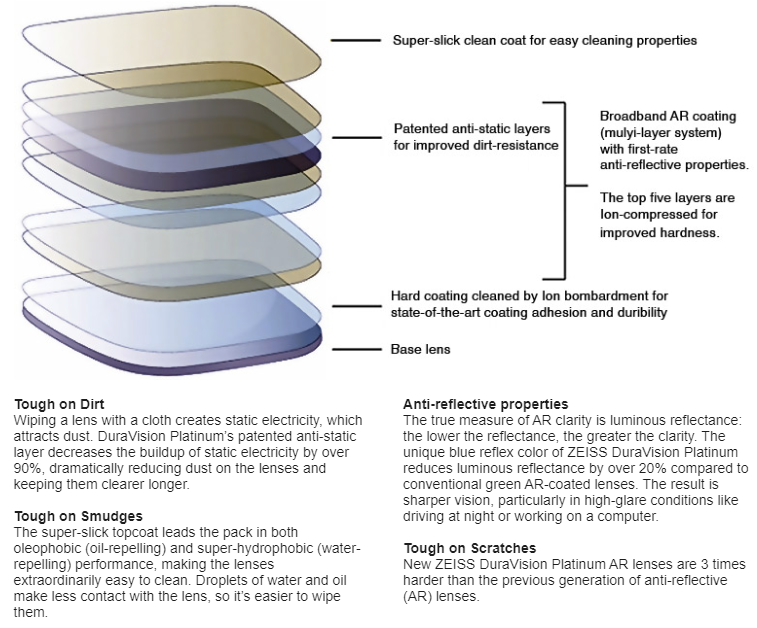
An Ultraviolet filter shields your eyes from harmful ultraviolet rays, known as UV. UV protection is widely recommended to reduce risk of ocular diseases like Cataracts and Macular Degeneration.
DID YOU KNOW…
Sunglasses
DID YOU KNOW…
Also known as photochromic lenses, self-tinting lenses have been around since the 1960’s. The small, yet significant discovery made by chemist Stanley Donald Stookey and his colleague, William Armistead, made it possible to have spectacle lenses that react to UV rays remarkably well. Ever since then, a lot has happened in view of the quality and performance of self-tinting lenses and they are extremely popular amongst many people who are dependent on their glasses and constantly going indoors and outdoors.
Sunglasses are more than just a fashion accessory – it’s important that they give your eyes full UV protection. On top of that, your sunglasses should suit your needs, whether you ski, do watersports or simply walk your dog in the park. There are various ways to customize your sunglasses with different types of lenses and coatings.
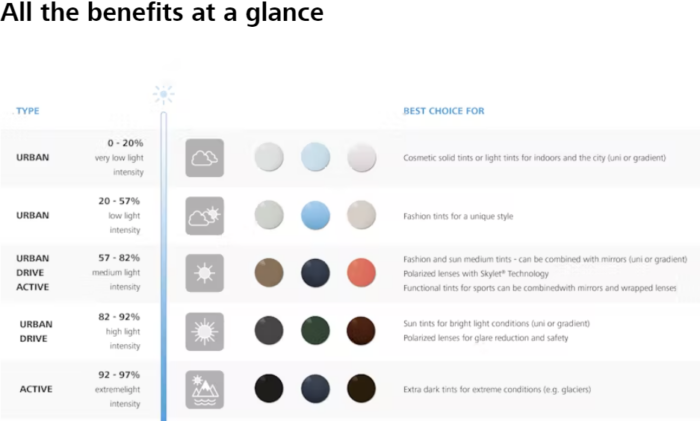
Light reflections create glare, an unpleasant blinding effect often experienced around water, wet surfaces or roads. Glare can be potentially dangerous, especially for drivers and those who do outdoor sports such as cyclists, joggers and skiers. Light waves swing in all directions, but when light is reflected from flat surfaces such as wet roads, for example, the light waves align and swing only in one direction (i.e. it becomes polarized). This effect can be used to eliminate glare. Some sunglass lenses contain polarization filters that don’t allow this reflected (and therefore vertically polarized) light through. Wearing such sunglasses, you will be able to see everything, without the annoying reflections.
Polarized sunglasses don’t only improve visual comfort, but may also improve contrast vision and display colors more vividly, making them suitable for many outdoor activities. Polarization filters are available for most types of prescription sunglasses, so consult your eye healthcare practitioner for more information.
How Do Zeiss Polarizing Lenses Work?
Tip: Polarized lenses are not suitable for all situations. You may struggle to see certain LCD displays or the instrument panels in older cars when wearing them. Be sure to tell your eye healthcare professional exactly what you plan to use your polarized sunglasses for before buying them. Also ask to test the lenses in “real-life” situations rather than only inside a practice or store. Take a walk outside, and look at your vehicle’s panel display through the lenses if possible.
Mirror treatments don’t just look good – they can improve your vision in bright light conditions, and significantly reduce annoying reflections. Mirror coatings can be applied to the front of sunglass lenses, and they’re available in a variety of metallic hues. In addition to being fashionable, mirror coatings limit the amount of light entering the lens even further, so they are ideal for activities that involve very bright light. Premium mirror coatings such as ZEISS DuraVision Mirror also repel dirt, so no more sandy lenses when you’re at the beach!
On-site Edging Lab
There are two different lens types; individualized precision lenses – also known as freeform lenses and “off-the-shelf” stock lenses.
Freeform technology is a revolutionary digital manufacturing process that uses computer-aided design and lens surfacing to create high-level, customized eyeglass lenses with your unique prescription. Think of it as a tailor for your eyes. Zeiss lenses are among the best freeform lenses. We utilize their lab for these lens types.
DID YOU KNOW…
Unlike freeform lenses, “off-the-shelf” stock lenses are created in a casting process. Stock lenses are often selected for a simple, cost-effective pair of glasses, i.e., for child’s glasses, reading glasses or when the wearer needs replacement lenses quickly. Stock lenses are perfectly well-suited for standard vision correction, but do not offer the same level of performance a individualized freeform precision lenses.
Eyeglasses Care
1. Use lukewarm water and mild soap to clean debris from lenses and frames. Heat can damage the coatings on your lenses so make sure it’s not too hot.
2. Use cotton towel to dry. Avoid materials other than 100% cotton because they can cause microscratches on lenses.
3. Spray your lenses with Zeiss cleaning solution and use a cotton towel to dry.
4. Use your microfibre cloth to polish dry lenses.
Maintenance & Warranty
Thank you for choosing quality lenses and frames. All of our eyewear and sunwear are guaranteed against manufacturing defects in materials and workmanship for one year from the date of purchase. Any frame with such defects will either be repaired or replaced at no charge.
Any lenses with such defects will be replaced at no charge. Any lens defects caused by mishap may be replaced, if falling within the extended warranty guidelines for a minimal fee. Manufacturing defects do not include damage caused by abuse or normal wear and tear. This warranty does not include loss, theft or the scratching of lenses (unless due to manufacturing defects).
We provide unlimited complimentary cleaning and adjustment of eyewear purchased at our office. It’s a service we are pleased to provide! The initial fitting of eyewear is essential for successful adaptation to new lenses and frames. This $100.00 value is provided at no charge when you purchase your eyewear at one of Focal Point’s locations.
If after you purchase your eyewear and provide written confirmation of a lower price for the same eyewear (lenses and frame), we will refund the difference. This price match excludes online pricing.
We offer a one-time 30-day exchange on your new eyewear if you are unhappy with their performance. It’s our pleasure to work with you to help you look, see, and feel your best!
Promotions
Save 25% off additional complete pair of glasses every day!*One pair of glasses often isn’t enough to meet all your on-the-go lifestyle needs. We encourage you to consider task specific glasses for computer, office work, extended reading, hobbies, outdoor activities and other needs outlined in your Vision Care Treatment Plan.*Terms and conditions may apply. Ask your eyewear consultant for more details. Multiple Pair Discount must be redeemed within 3 months of original purchase date and is non-transferrable.
Twice a year, for two days only, we remove all of our regular inventoried frames and replace them with new, unique, trending collections by various vendors sponsoring our event. All featured frames are 25% OFF and any additional sets of Zeiss FreeForm lenses are 50% OFF!
Call our office for event dates.
Available for children between 0-13 years of age. Packages start at $89.95 for frame and lenses.
Choose from 5 Options based on your child’s needs
- Clear & Sunglasses
- Clear & Clear
- Self-tinting & Sunglasses
- Clear & Self-tinting
- Self-tinting & Self-tinting
Clear: Clear Trivex lenses with Blue Package Frame
Sunglasses: Polarized (Grey/Brown) tinted lenses with sunglasses or Blue Package Frame.
Self-tinting: Sensity self-tinting lenses (Grey/Brown) with Blue Package Frame.
Packages are also available in high-index material.
Packages are also available in specialty lens designs such as Anti-Fatigue, MiyoSmart and MiSight technology.
Want to upgrade to a Gold Package Frame? No problem. $30.00 for each upgrade.
Save 40% off Plano Sunglasses with ALL First Time Contact Lens Fittings.
Save $50.00 on a complete pair of eyeglasses for first-time new fit wearers with a full-year contact lens package.


